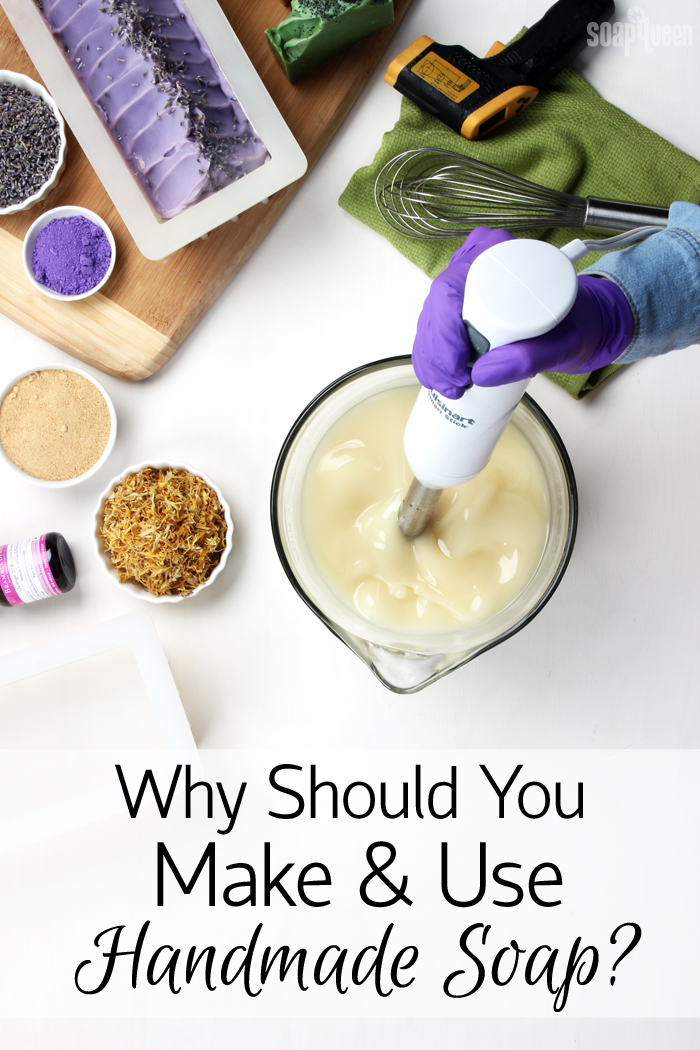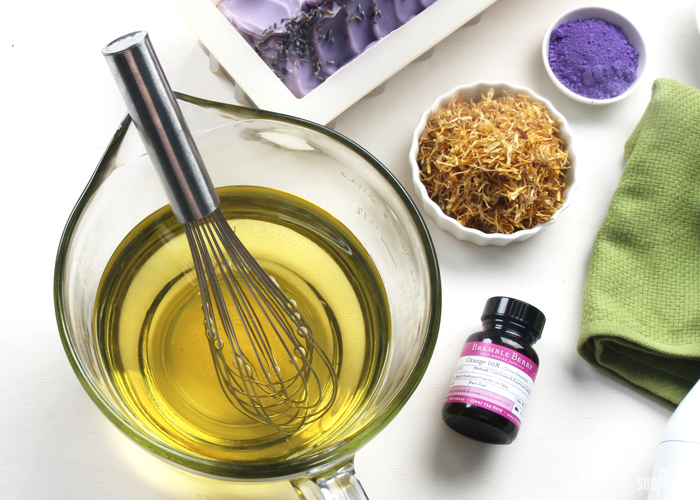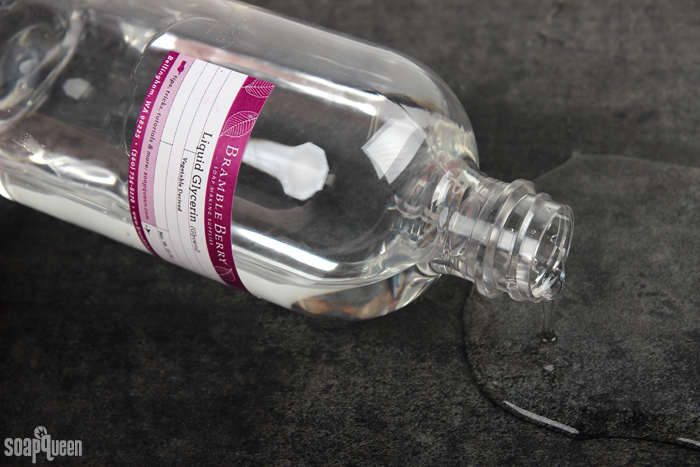
A large majority of people have never used handmade soap before. In fact, most people have never used soap before. Wait…what?
If you take a look at commercial products sold in stores, it’s likely you won’t find the term “soap” on the package. Commercial soap sold in stores is often made with chemical detergents, hardeners and synthetic lathering agents. Some of these ingredients can be drying or irritating on the skin. On the other hand, handmade soap created with oils, liquid and lye does not contain these harsh ingredients and qualifies as ‘soap.’

The ingredients in some commercial bars on the market make them ineligible to be called and advertised as soap. According to the FDA website, a product is defined as soap when:
- the bulk of the nonvolatile matter in the product consists of an alkali salt of fatty acids and the product’s detergent properties are due to the alkali-fatty acid compounds, and
- the product is labeled, sold, and represented solely as soap [21 CFR 701.20].
Handmade soap also contains glycerin. Glycerin is a humectant that attracts moisture from the air to the skin. It’s produced naturally during the soapmaking process. It’s one of the things that make handmade soap so amazing! Some commercial soaps remove the glycerin from the bars and sell it to make lotions and creams. Without glycerin, commercially prepared soap isn’t nearly as skin loving, and can leave the skin feeling dry. Learn more about glycerin here.
 Glycerin is a natural humectant that is found in handmade soap. Glycerin attracts moisture from the air and keeps skin hydrated.
Glycerin is a natural humectant that is found in handmade soap. Glycerin attracts moisture from the air and keeps skin hydrated.